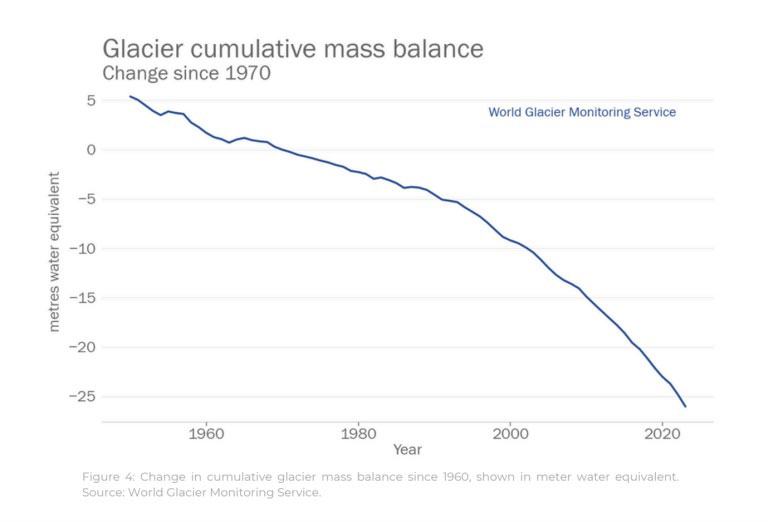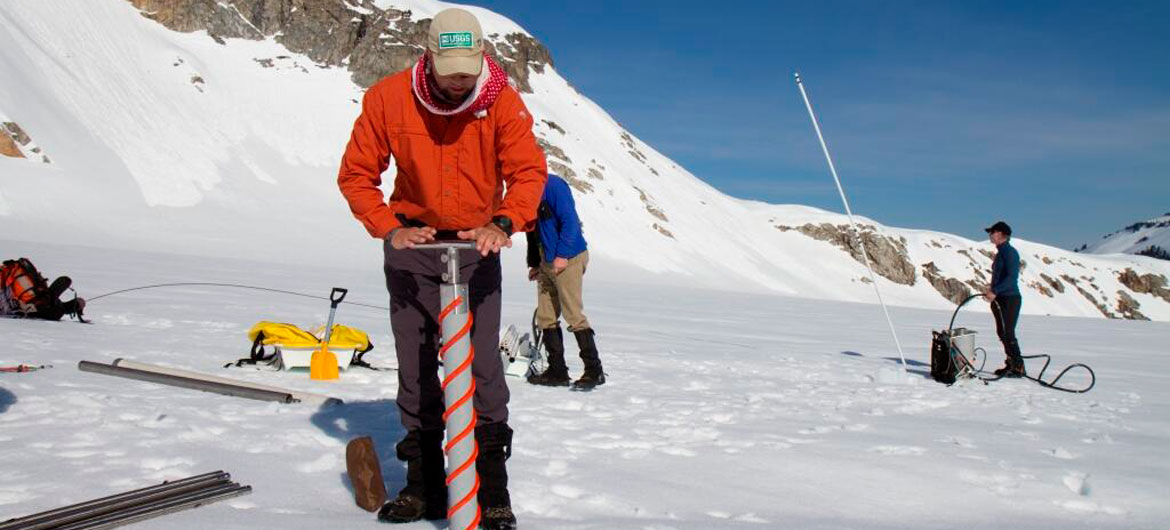WMO is participating in a major international conference on air pollution and health, which seeks to revitalize commitment to clean air and clean energy and to improve public and environmental well-being.

The Second Global Conference on Air Pollution and Health, from 25-27 March, will call on countries to pledge voluntary actions to achieve a 50% reduction in the health impacts of air pollution by 2040. The event is co-organized by the World Health Organization and the Government of Colombia with the support of the Government of Spain and other UN agencies such as UNEP, WMO, World Bank and others.
Air pollution remains one of the greatest environmental threats to human health, causing millions of premature deaths each year. Rising temperatures and environmental changes – extreme heat, more frequent wildfires and sand and dust storms- – exacerbate the risk. This exposes communities—especially the most vulnerable—to severe health risks, disrupts key economic sectors and harms ecosystems.
“Protecting human health and saving lives is central to the mission of the World Meteorological Organization,” WMO Secretary-General Celeste Saulo said in a video message to the high-level segment of the conference.
She recalled WMO’s 75 year history of transforming science into action that empower decision-making.
The UN Secretary-General's Early Warnings for All initiative seeks to ensure that every person is covered by early warning systems against weather and climate-related hazards, including the dangerous combination of heat and poor air quality, Celeste Saulo said.
“WMO is advancing operational warning and advisory systems for sand and dust storms and wildfires to help countries mitigate health, economic and environmental impacts. WMO seeks to strengthen atmospheric composition monitoring to track transboundary pollution and inform policies that safeguard public health,” she said.

WMO’s Global Atmosphere Watch through its Global Air Pollution and Forecasting Information System initiative seeks to provide the necessary tools and knowledge at both regional and global levels.
WMO co-organized dedicated sessions on air quality monitoring, wildfires, sand and dust storms at the conference. WMO has issued new Guidelines on sand and dust storm mitigation- which contain a review of monitoring, forecasting and impact assessment.
But technology alone is not enough. Building local capacity is key, ensuring the translation of air quality data into effective policies and life-saving actions.
Bridging air quality, public health, and climate action is essential. Some air pollutants are also greenhouse gases, and tackling them requires coordinated policies that deliver benefits on multiple fronts.
To inform decision-making, WMO publishes annual bulletins on greenhouse gases, air quality and climate, airborne dust, and ozone and UV.
Participants at the conference in Colombia include Ministers of Health, respective Ministers of Environment, Energy and officials of national, intergovernmental and development agencies; health professionals; mayors, local authorities and planners; representatives of critical sectors such as energy, transport, industry, waste and land-use; as well as delegates from research, academia and civil society
https://wmo.int/media/news/who-air-pollution-and-health-conference-seeks-reinvigorate-global-action












